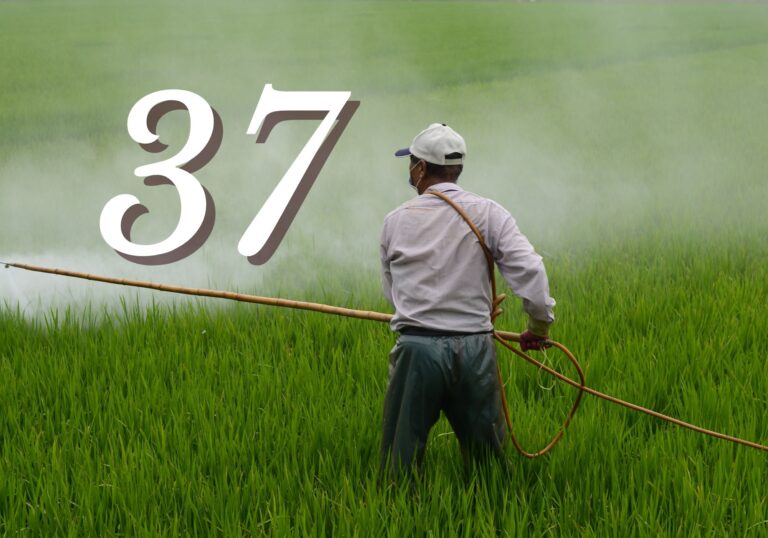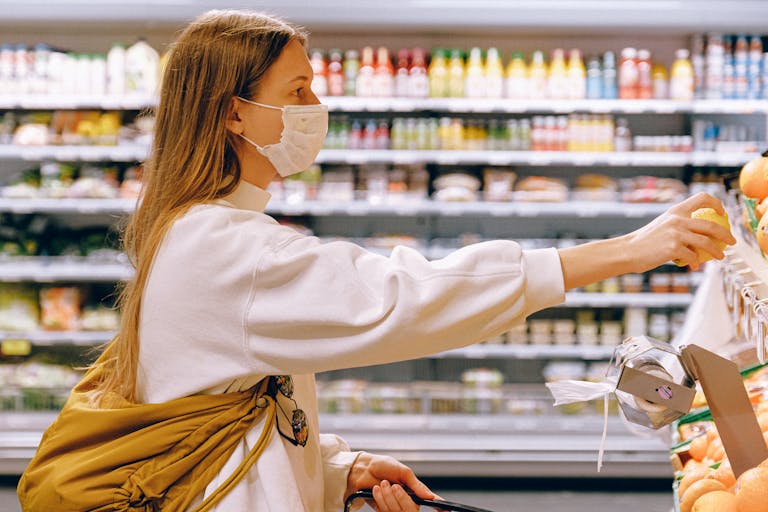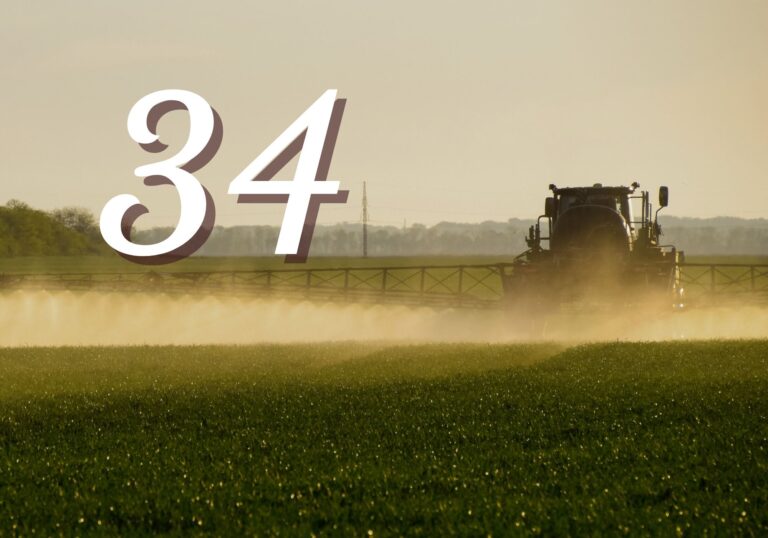Deceptive Labeling
From our friends at the Organic Consumers Association, written by Alexis Baden Meyer

Consumers rely on labels, advertising and marketing information to help them choose products they believe to be safe, healthful and produced using practices that are aligned with their values. Many food companies exploit this fact. They knowingly mislead consumers by claiming their products are “natural” when in fact those products contain pesticides, genetically modified organisms (GMOs), antibiotics, growth hormones and artificial ingredients.
The most prevalent examples of false labeling and advertising are use of terms like “Natural,” “All Natural” and “100% Natural.”
Consumer demand for healthier, non-GMO, pesticide-free food is driving growth in the organic market. Sales of certified organic food and products reached $50 billion in 2017, amounting to more than 5 percent of all grocery store sales, including approximately 10 percent of all produce sales. That’s strong growth. But as long as consumers equate “natural” with certified organic, and as long as companies exploit that perception, the organic market will remain at a disadvantage.
A 2014 Consumer Reports poll found that 66 percent of consumers believe a product labeled “natural” has no artificial ingredients, pesticides or genetically modified organisms, and 86 percent believe that it should mean those things. In 2016, Consumer Reports released a new survey showing that 73 percent of consumers seek out foods labeled “natural.” Many consumers equate the word “natural” with “organic” and some even believe that “100% Natural” is better than certified organic.
Natural vs. organic
There is a big difference between a certified “organic” product and a “natural” product. Food products can be labeled “organic” only if they are independently certified as meeting U.S. Department of Agriculture’s (USDA) National Organic Program standards. However, with the exception of meat and poultry, there is no legal definition of “natural” as it applies to food. The term is unregulated.

The USDA defines “natural” only in the context of labels on meat and poultry. And that definition is very narrow. Under USDA regulations, meat and poultry can be labeled “natural” if they are free of artificial flavor or flavoring, coloring ingredient, or chemical preservative or any other artificial or synthetic ingredient, and if the product and its ingredients are not more than “minimally processed.” The USDA definition of “natural” for meat and poultry does not address the presence of antibiotics, growth hormones or other drugs and/or pesticides, nor does it address issues of animal welfare.
Despite pressure by the courts to do so, the U.S. Food & Drug Administration (FDA) has so far declined to legally define the term “natural” for foods other than meat and poultry. As a result, knowing that consumers seek out the word “natural” when buying foods because they believe “natural” means the product is free of GMOs, pesticides and artificial ingredients, food companies routinely label products “natural,” “all-natural” and “100% natural” in order to increase sales. In 2015, the FDA said it would finally address requests for a definition of “natural.” And in a February 2018 article in the New York Times, an FDA official suggested the agency would weigh in on the issue “soon.” But the term remains, at least legally, undefined.






